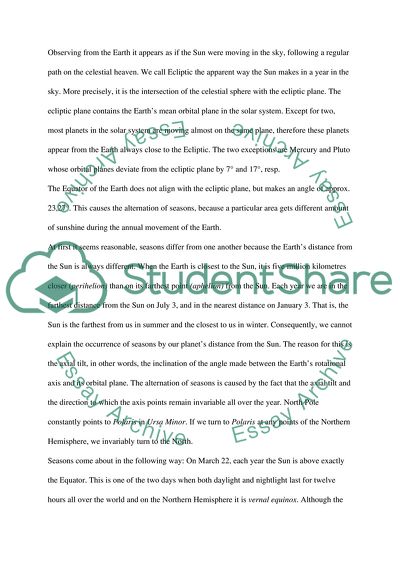Cite this document
(“The motion of the Earth around the Sun and the effect of this in Essay”, n.d.)
Retrieved from https://studentshare.org/astronomy/1499625-the-motion-of-the-earth-around-the-sun-and-the-effect-of-this-in-respect-of-temporal-orientation
Retrieved from https://studentshare.org/astronomy/1499625-the-motion-of-the-earth-around-the-sun-and-the-effect-of-this-in-respect-of-temporal-orientation
(The Motion of the Earth Around the Sun and the Effect of This in Essay)
https://studentshare.org/astronomy/1499625-the-motion-of-the-earth-around-the-sun-and-the-effect-of-this-in-respect-of-temporal-orientation.
https://studentshare.org/astronomy/1499625-the-motion-of-the-earth-around-the-sun-and-the-effect-of-this-in-respect-of-temporal-orientation.
“The Motion of the Earth Around the Sun and the Effect of This in Essay”, n.d. https://studentshare.org/astronomy/1499625-the-motion-of-the-earth-around-the-sun-and-the-effect-of-this-in-respect-of-temporal-orientation.


